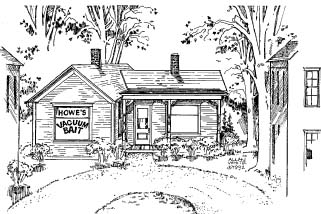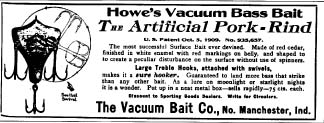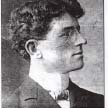| | game. What more could they ask? Their scanty belongings were in a wagon, drawn by a pair of tired looking horses, so home to them might be easily where they stopped. Before night a couple of trees fell to Ogan's axe, and it was not many days until there was a "clearin," and all was in readiness for a "house raisin." By that time others had arrived, looking for homes. One was Martin Swank, then a boy of fourteen, who with his father had come from Ohio. It was this Martin Swank, who seventy years after told me of this "raisin," proud that boy though he was he had had the honor of "taking up one corner" of the one room cabin. Ogan was a planner of big things, but was possessed of an "itchy heel" that had driven him to move on again and again before his dreams could realize fulfillment. He had cut the pathway through the woods by which the supplies and the officials made their way to the Paradise Springs Treaty Ground in the fall of 1826. For the eight years since then he had followed the will o' the wisp of promise, the next field always seeming to hold prospects of a brighter future. And so they had come to another location, looking and hoping. He and Mary were alone in their settlement for the first winter, but the next summer brought back some of the prospectors who had "looked" the fall before, Martin Swank and his parents being among them. There were the Simontons, Harters, Stricklers, Willises, Thorns, Krishers and Fannins. Towns were being started all around, and Ogan could finally see promise of a reality of his dream. The honor of being the "Proprietor of a Town" was tempting, so in the fall of 1836 he called in a surveyor, and a part of the little more than a hundred acres he had purchased of the Government was platted into town lots. As I. A. Tomlinson, the surveyor, put the last lines on the sketch of streets and alleys, he asked of the already proud parents, "What shall we christen the child?" What moved Ogan, though Irish and red headed, to say: "The child shall be called Manchester," has never been explained. Mary nodded her willing approval, and so Manchester it was until "North" was added by the Postal Department to distinguish it from a Manchester down in the hills of Southern Indiana. And so it remains as North | |


